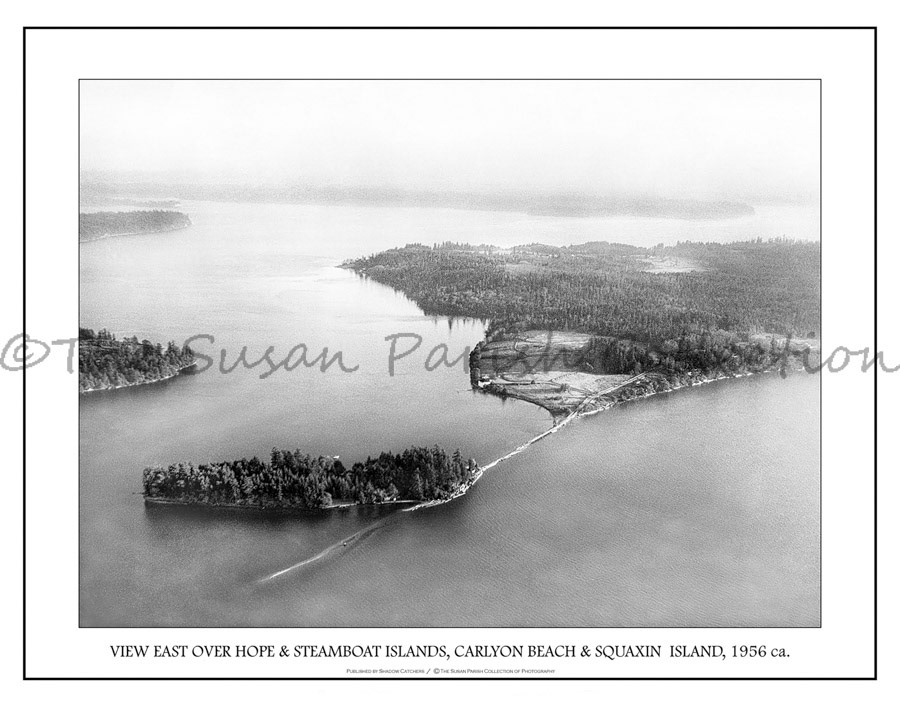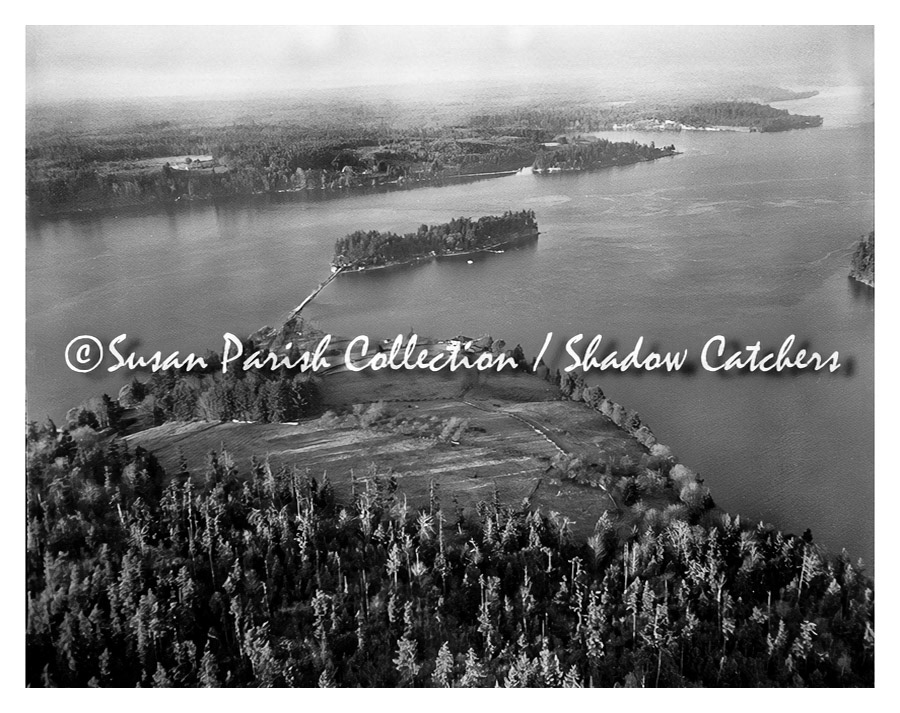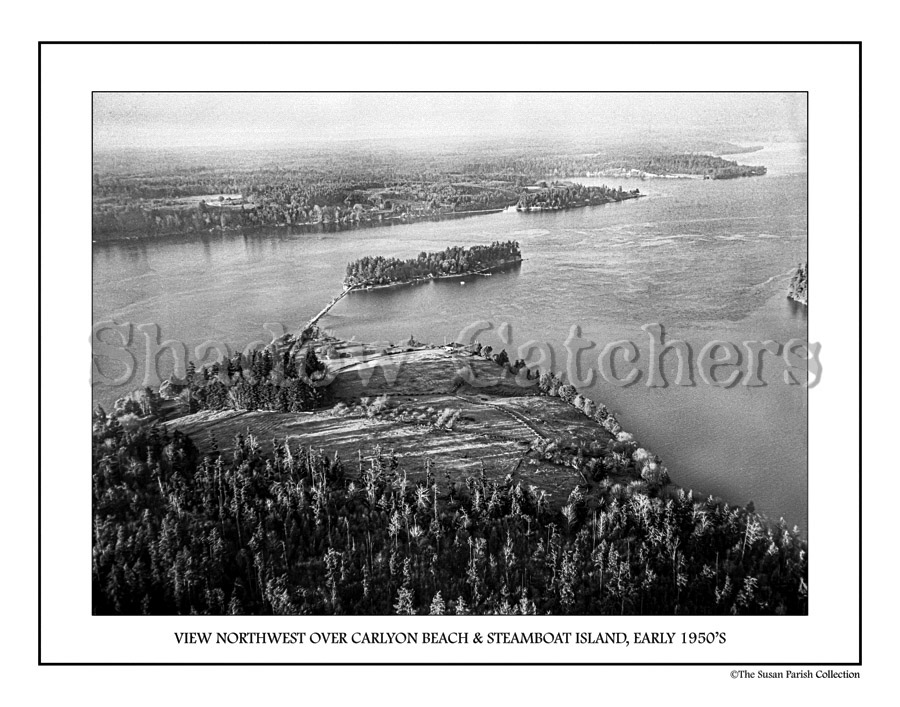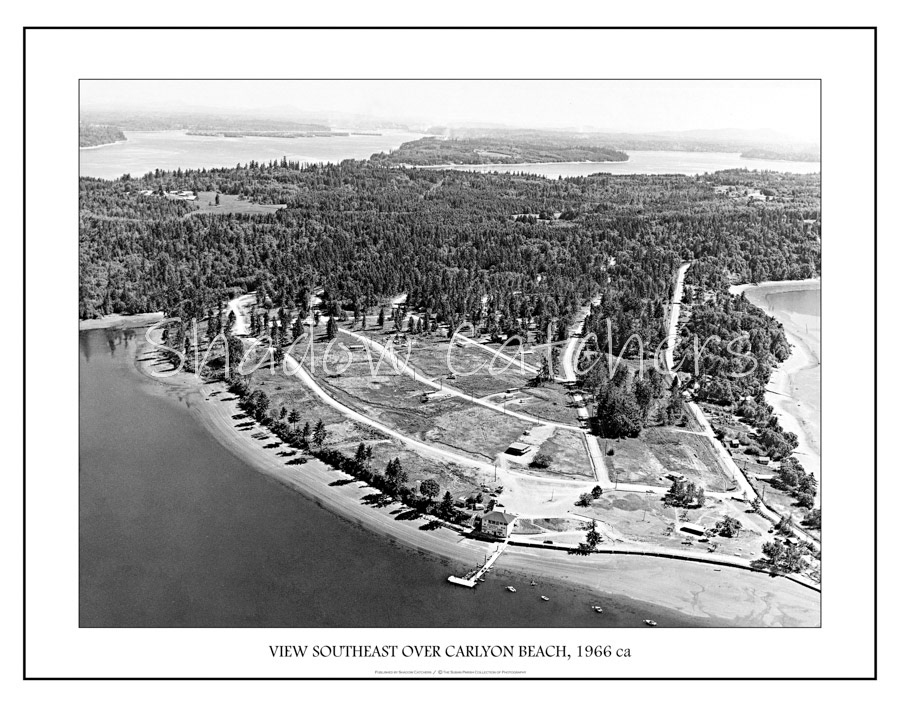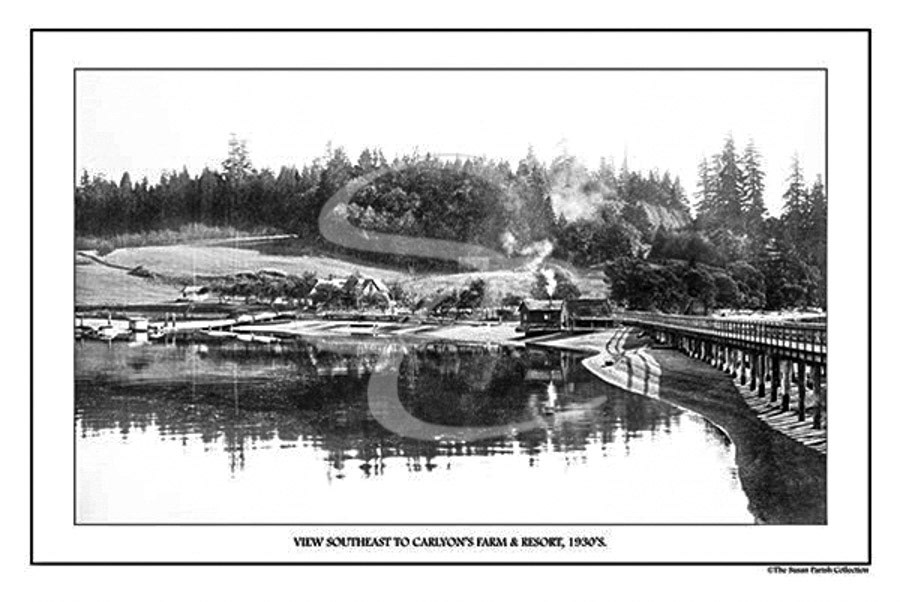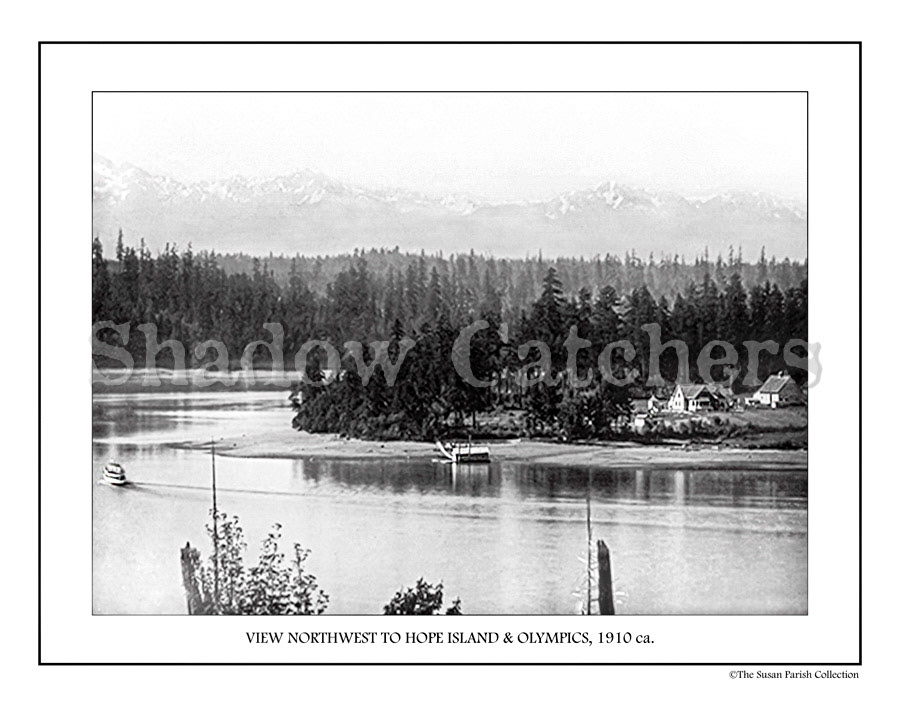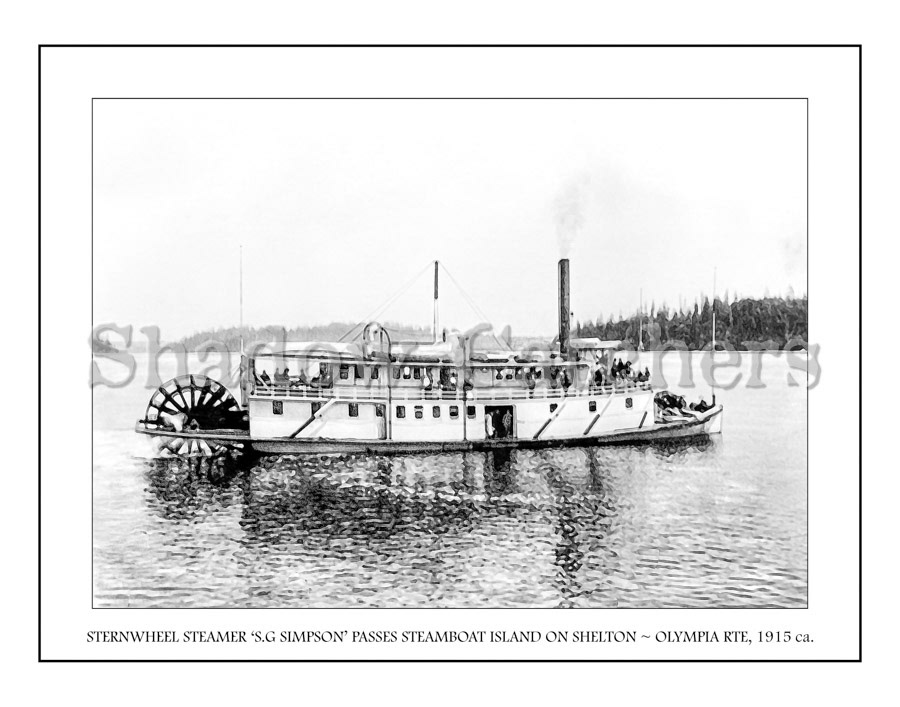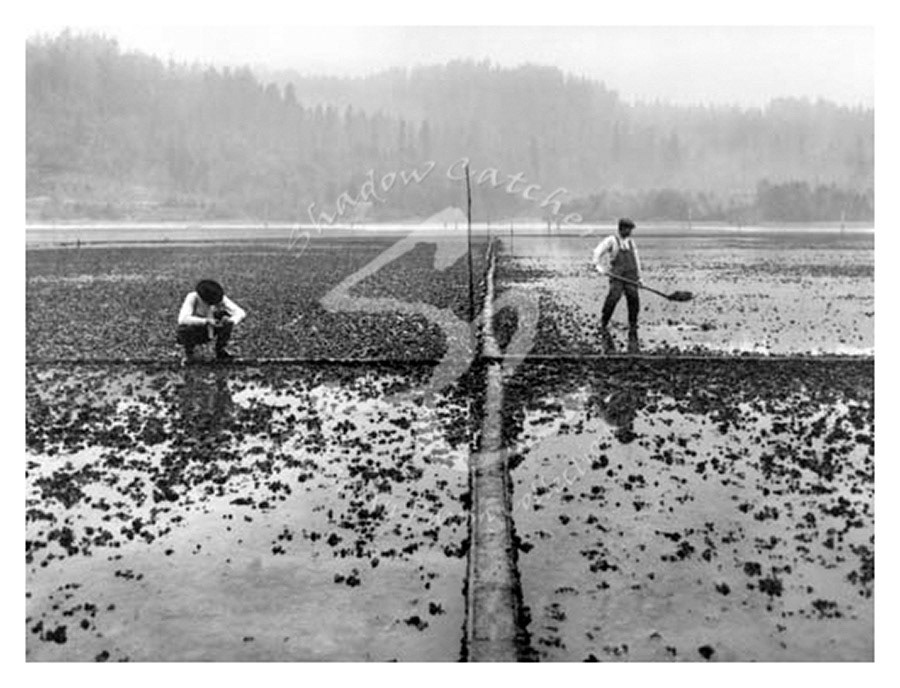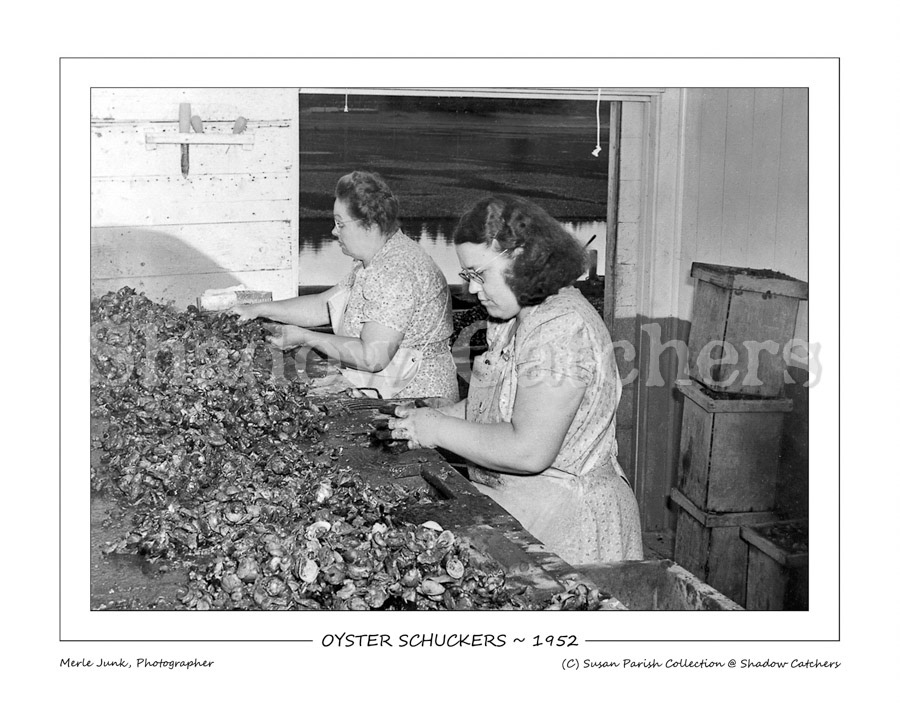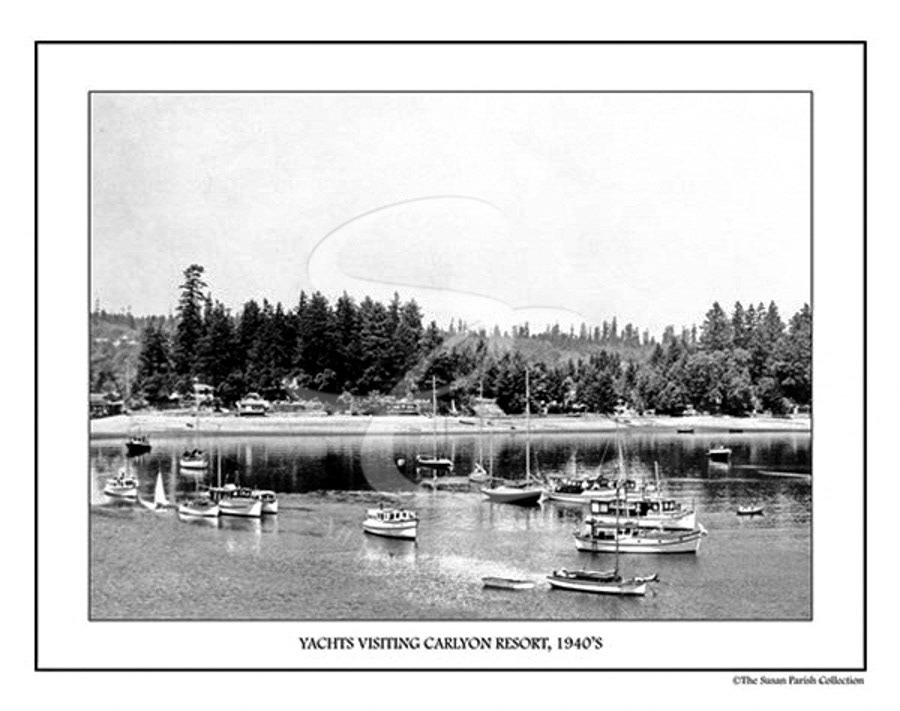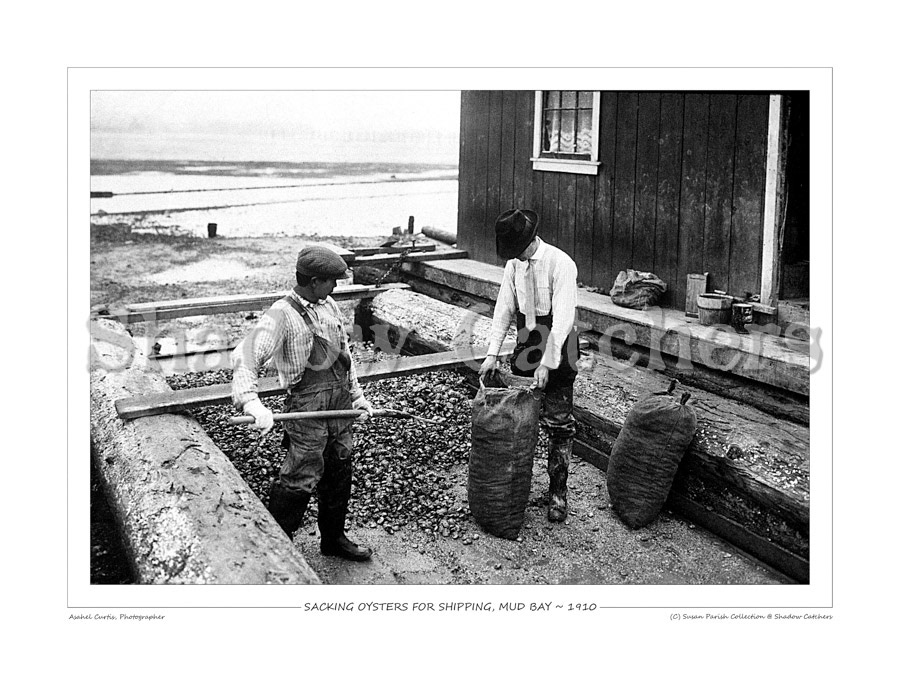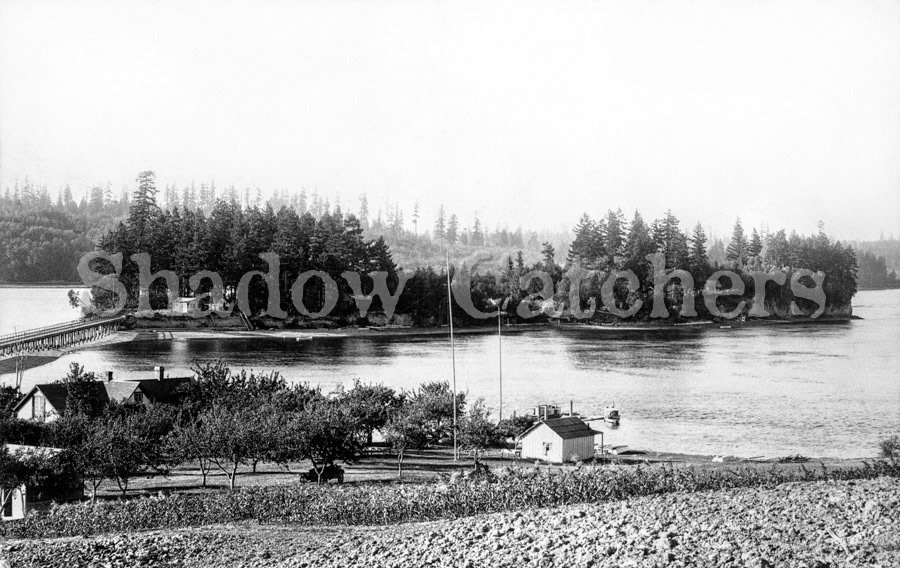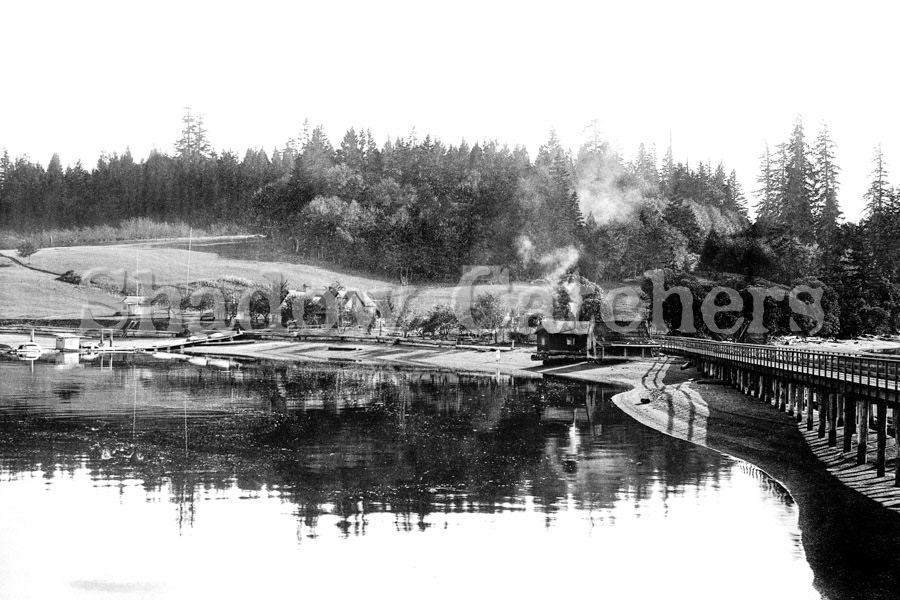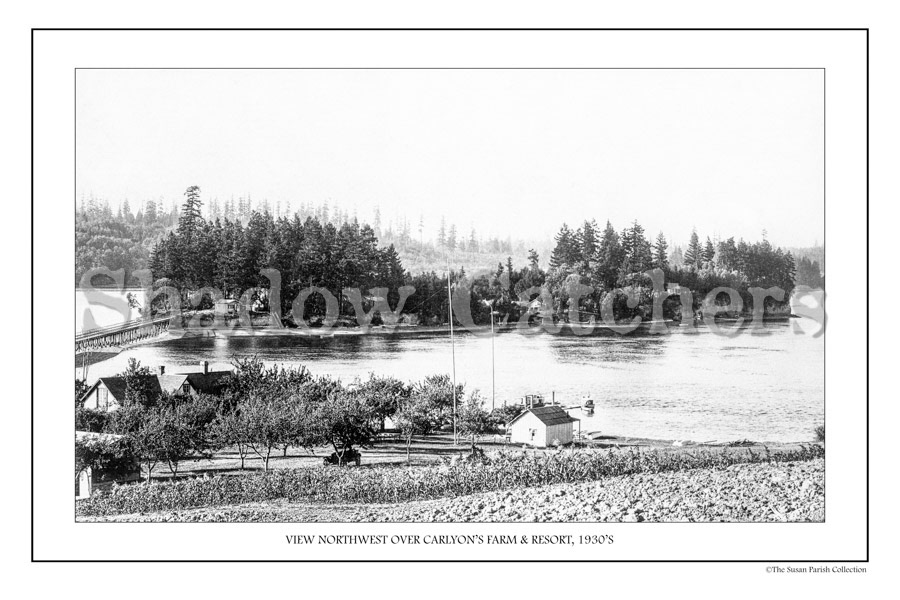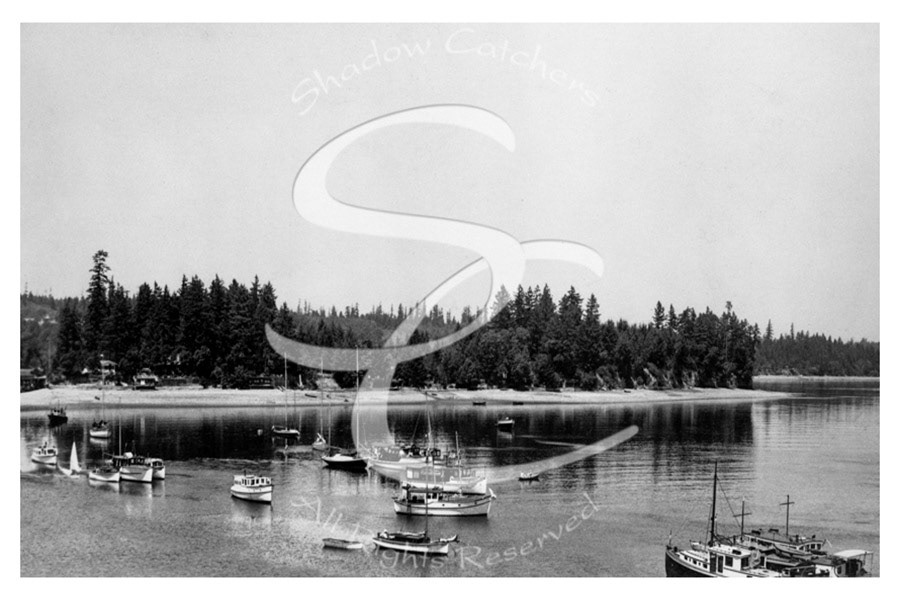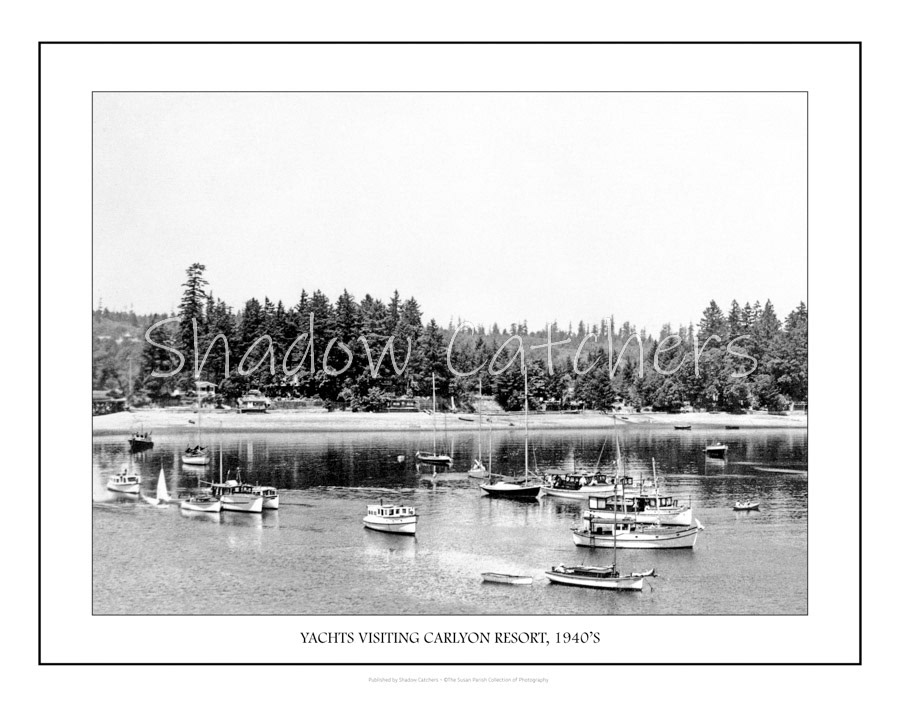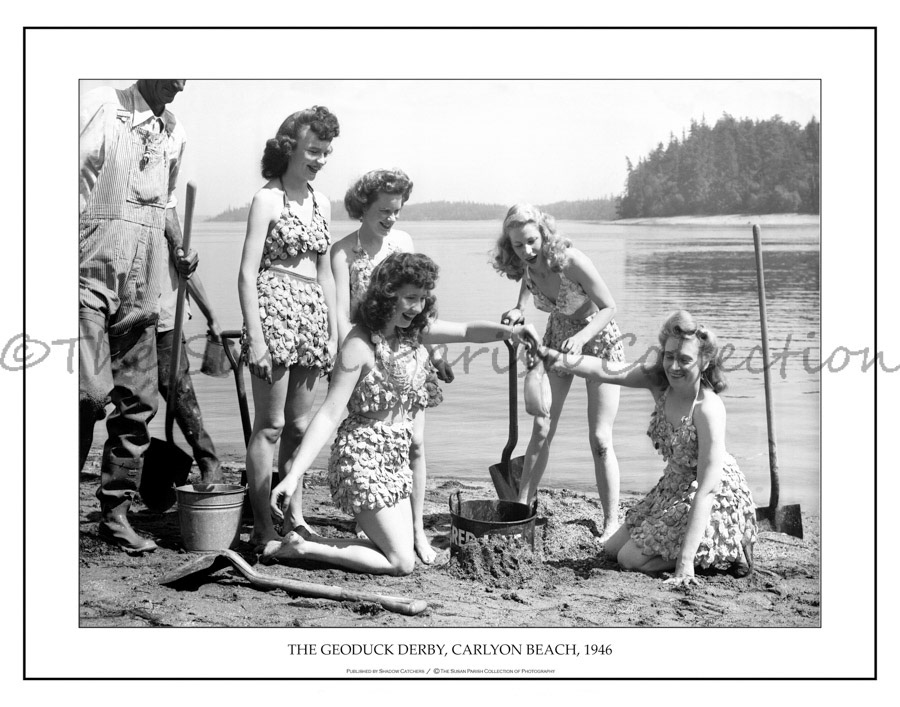The southern reaches of Puget Sound are characterized by a series of distinct, finger-like inlets that extend inland, often referred to as the "Seven Inlets" by the Squaxin Island Tribe, whose ancestors historically inhabited these waterways. These include Budd Inlet (Steh-Chass), Eld Inlet (Squi-Aitl), Henderson Inlet (Noo-Seh-Chatl), Totten Inlet (T'Peeksin), Hammersley Inlet (Sa-Heh-Wa-Mish), Oakland Bay, Case Inlet (Squaksin), and Carr Inlet (S'Hotl-Ma-Mish).
Formed by extensive Pleistocene glaciation, these passages and inlets generally contain the shallowest waters of the entire Puget Sound, leading to significant tidal variations and the formation of extensive mudflats at low tide, which are vital for shellfish habitats. The unique geography of these inlets, with their limited tidal exchange, also presents ongoing challenges for water quality due to nutrient inputs and reduced flushing, making them a focus for environmental protection and restoration efforts.
The Squaxin Passage is a vital waterway within Puget Sound, deeply intertwined with the history and culture of the Squaxin Island Tribe. As part of the larger Puget Sound ecosystem, it boasts abundant marine life, stunning scenery, and rich historical significance. For millennia, this passage has served as a crucial transportation route for people, goods, and vessels throughout the Southern Puget Sound and the Salish Sea. Renowned for its bountiful shellfish harvests, the passage has sustained local communities and nourished populations with its high-value shellfish worldwide.

